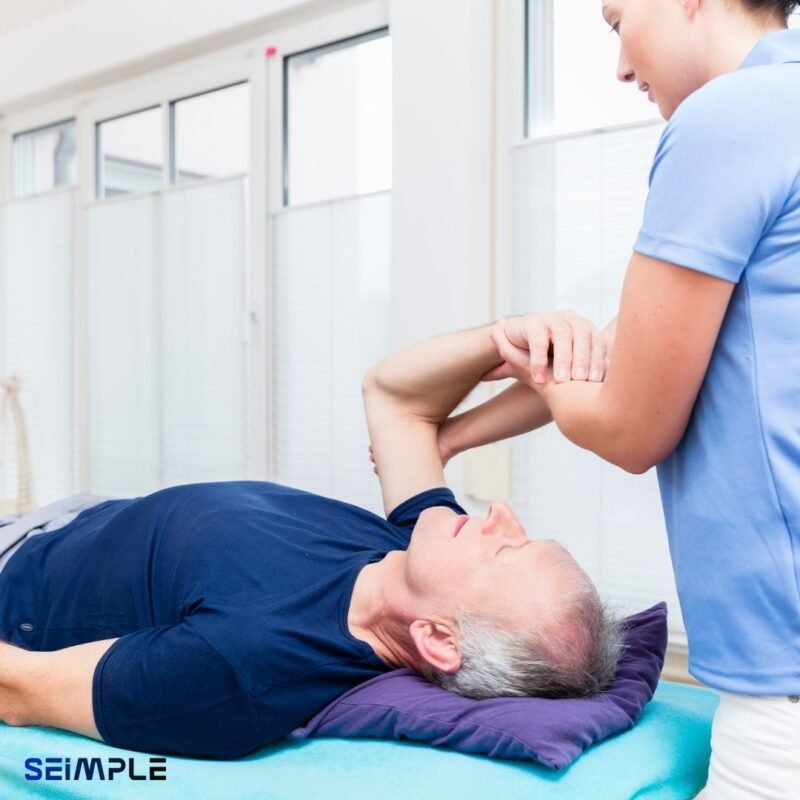Blog
Importance of Regular Bathing for Elderly Patients in Intensive Care Units
Importance of Regular Bathing for Elderly Patients in Intensive Care Units
Regular bathing of elderly patients in intensive care units (ICUs) is crucial for preventing infections, promoting skin health, and ensuring their overall comfort and dignity during hospitalization. This document explores the significance of maintaining hygiene through regular bathing practices, the benefits it provides to elderly patients, and the best practices for implementing bathing routines in ICUs.
Preventing Infections
Elderly patients are particularly vulnerable to infections due to weakened immune systems and prolonged hospital stays. Regular bathing helps to remove bacteria, dirt, and other pathogens from the skin, significantly reducing the risk of healthcare-associated infections (HAIs). By maintaining skin integrity and cleanliness, healthcare providers can help protect these patients from complications that may arise from infections.
Promoting Skin Health
The skin of elderly patients is often more fragile and susceptible to breakdown. Regular bathing can help to hydrate the skin, remove dead skin cells, and prevent conditions such as pressure ulcers and dermatitis. Utilizing appropriate bathing products that are gentle and moisturizing can further enhance skin health, ensuring that patients maintain their skin’s barrier function during their hospital stay.
Ensuring Comfort and Dignity
Beyond the physical health benefits, regular bathing plays a vital role in the psychological well-being of elderly patients. It promotes a sense of normalcy and dignity, which can be particularly important in the often sterile and clinical environment of an ICU. Bathing can provide comfort, reduce anxiety, and improve the overall patient experience, making them feel cared for and respected.
Best Practices for Bathing in ICUs
-
Frequency: Establish a regular bathing schedule that accommodates the patient’s condition and preferences. Daily or every other day bathing may be appropriate, depending on individual needs.
-
Gentle Techniques: Use soft washcloths and gentle motions to avoid causing discomfort or skin damage. Ensure that the water temperature is comfortable and safe for the patient.
-
Privacy and Dignity: Maintain patient privacy during bathing by using screens or curtains and ensuring that the patient is covered appropriately. Involve the patient in the process as much as possible to empower them and respect their dignity.
-
Hydration and Moisturization: After bathing, apply suitable moisturizers to keep the skin hydrated and prevent dryness. This is particularly important for elderly patients with sensitive skin.
-
Education and Training: Ensure that all healthcare staff involved in patient care are trained in proper bathing techniques and understand the importance of hygiene for elderly patients.
Conclusion
Regular bathing of elderly patients in intensive care units is an essential practice that contributes to infection prevention, skin health, and the overall comfort and dignity of patients. By implementing effective bathing routines and adhering to best practices, healthcare providers can significantly enhance the quality of care for elderly individuals in ICUs, ultimately leading to better health outcomes and patient satisfaction.

